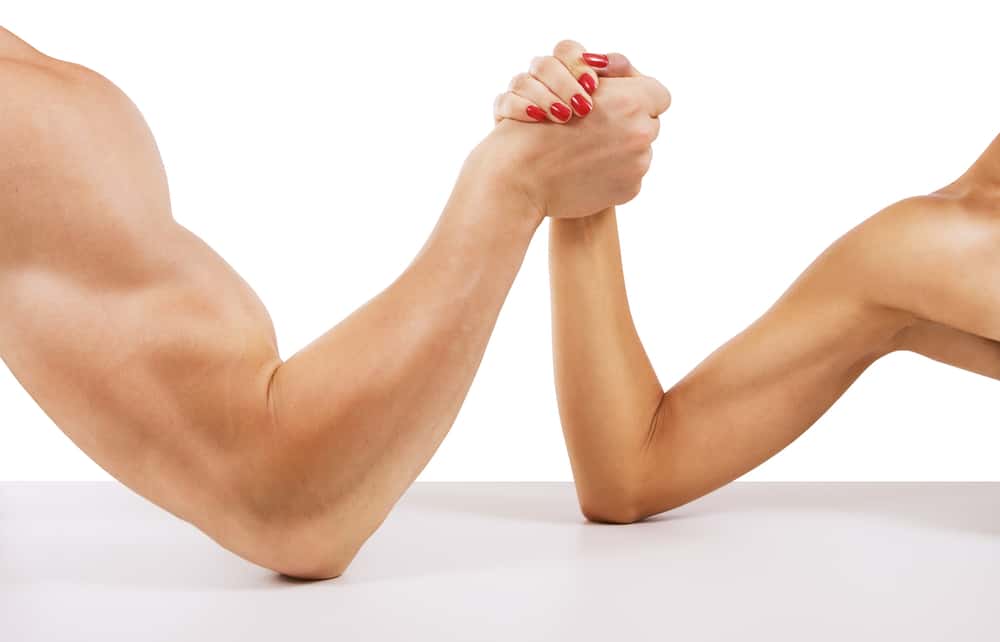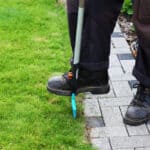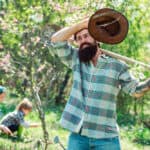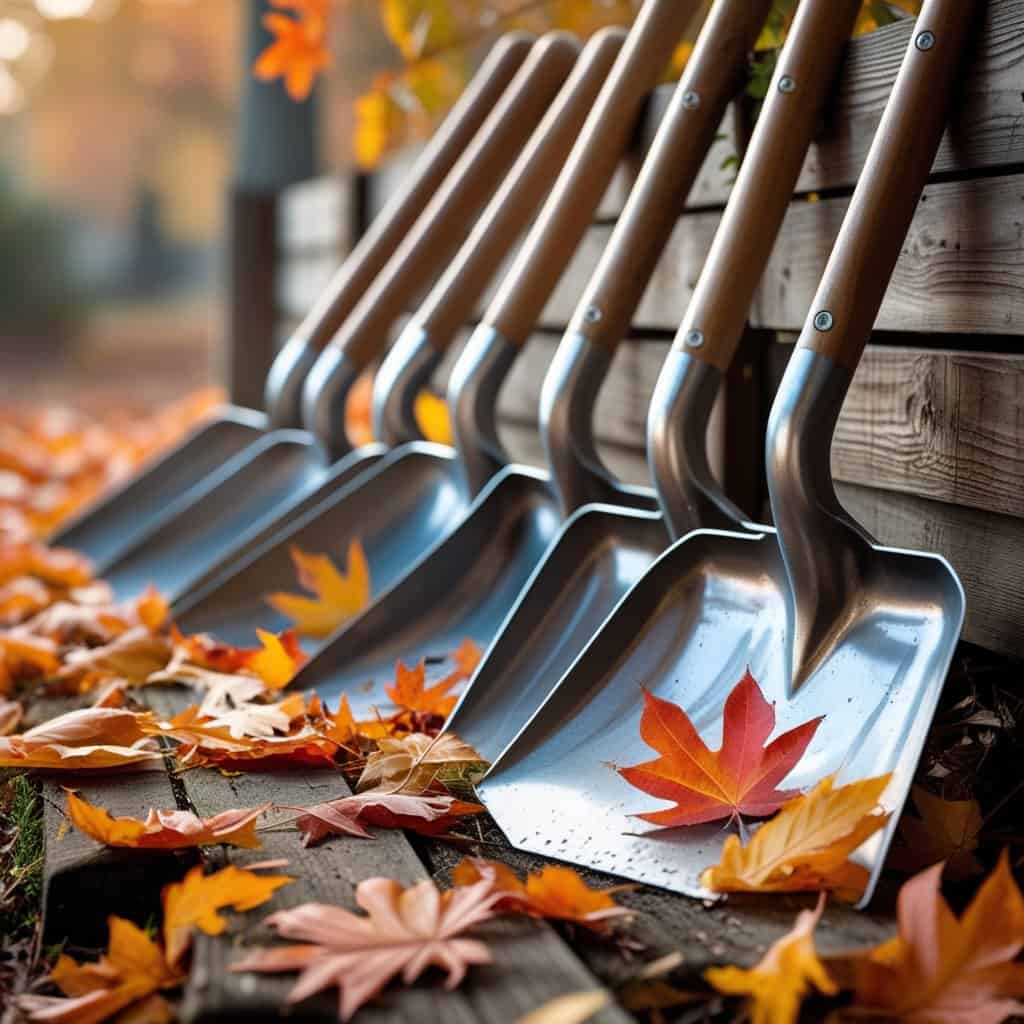The muscles utilized when shovelling and are most comonly credited with plyaing the most prominent role are the skeletal muscles which include your abs, deltoid, latissumus dorsi, biceps, and triceps, erector spinea, glutes, quads, and hamstrings.
Whether you are digging in dirt, gravel, sand, or snow, shoveling can be a great workout. Shoveling often requires quick bursts of energy and involves all body muscles to complete the task. The most important muscles for shoveling snow are those that provide the lift and motion to this task: these are located in your front spine, back, and legs.
Table of Contents
Muscle Groups
The muscle groups involved in shovelling include the skeletal, cardiac and smooth muscles group. Lets take a look at each group and the muscle that make up the group to help us shovel.
Skeletal Muscles
Abs
Abs or the abdominal muscles are the glue that supports the body from the waist to the neck. These muscles are what give us balance to move around and keeps us stable.
There are surface abdominal muscles and deep abdominal muscles. The deep muscles, flexor muscles attach to the front of the spine, protect our backbone, and hold our organs in place.
The role of the abs when shoveling is all involved, from pushing the shovel, ensuring we don’t fall over to lifting and throwing what’s on the shovel, protecting our back.
Often when shoveling, we experience lower back pain. This pain may be due to our abdominal muscles being weak, so a little exercise to tighten these muscles would help protect our backs.
Deltoid
The three deltoid muscles are in your shoulder area. The prime function is to ensure that your arm socket stays together and your shoulder does not dislocate.
When lifting substrate from the shovel, the deltoids are there to ensure the action of lifting and throwing.
Latissimus Dorsi
The latissimus dorsi muscle group is in your back and consists of the lower, middle, and upper parts. The latissimus dorsi muscle group comes into play when shoveling as it stabilizes your shoulder blades so that they do not come together during repetitive movements like scooping or lifting.
Biceps and Triceps
The arm also has the muscle groupings of biceps and triceps, allowing us to bend our elbow up and down or rotate our arms left to rights. When shoveling, we consistently bend our elbows and rotate our arms to carry, push, and lift the shovel and any load that we may be moving.
Erector Spinae
These extensor muscles attach to the back of the spine, helping to hold the spine up. Without the rector spinae muscle, we would not stand straight or walk, which occurs when shoveling.
Glutes
Officially know as Gluteus Maximus, which always reminds me of a Roman gladiator, is the largest and heaviest muscle in the body and being the largest muscle, it has many roles. From supporting the pelvis, allowing the hip joint to extend or move side to side, and helping the body maintain an upright position.
The gluteus maximus allows us to step, climb and run. When shoveling, we generally don’t run, but we lift our feet to step on the shovel and sometimes climb up an incline to clear the area.
Hamstrings
These muscles run from the hip to the back of the knee and work with glutes to tilt the pelvis area allowing us to stand up straight after being bent over. The hamstring muscles also are what will enable us to bend our knees.
When shoveling, there is continuous bending over and straightening our bodies and bending our knees when lifting a heavy load.
Quadriceps
Quadriceps are located in the front of your thigh, and as the name suggests, it is a combination of four muscles; vastus lateralis, vastus medialis, vastus inermedius and rectus femoris. The strength of these four muscles combine, allowing us to stand, walk, run, and it also keeps our knee stable. Along with the hamstring muscles, this muscle group provides power as you push off and walk or run up and down stairs while carrying heavy loads.
We talked about the significant skeletal muscles, but what about the cardiac and smooth muscles and the impact in shoveling.
Cardiac Muscles
Cardiac muscle makes up the heart wall and allows the heart to contract to pump blood throughout our body, bathing the organs and muscles in oxygen-rich blood so that they may function. The heart in itself is a muscle.
Shoveling often requires quick bursts of energy that require large amounts of energy and oxygen for some muscle groups to complete tasks such as filling bags or carrying a load a distance. This quick burst is also known as aerobic exercise, and the ability produce a quick burst of energy to shovel becomes more difficult over time due to weather conditions, age, health, and the frequency of shoveling.
Shoveling being a full-body exercise requires this cardiac muscle for sure. Sadly, shoveling is often too stressful for the cardiac muscle, and heart attacks occur. Shoveling can also result in broken bones, lower back pain, shoulder pain, and soft tissue injuries. It is essential to follow the correct shoveling guidelines, eat healthy and exercise to avoid injuries.
To learn more on how to prevent these injuries, read our articles:
Smooth Muscle
Smooth muscles control involuntary responses in the body’s arteries and veins, bladder, stomach, skin, intestines, respiratory tract, and reproductive systems. These muscles maintain pressure by constricting or dilating the arteries and veins to keep the blood flowing. They also narrow or expand the intestines to keep things moving through.
They are the unsung hero muscle that keeps the body functioning while other muscles are working. When shoveling, we don’t pay attention to these muscles and may think they are not involved at all in shoveling, but they are.
As our focus is on the task at hand, the smooth muscle is our partner and focuses on maintaining a status quo state, allowing us to breathe and have the strength to shovel.
What muscles get sore from shoveling snow?
As shoveling is a full body work out it is possible for any or all muscles to get sore if one is not accustomed to shoveling and is not fit. However, overall it likely that your skeletal muscles will be the sorest.
Is shoveling exercise?
Yes shoveling is exercise, aerobic exercise.
What muscles do you use when shoveling dirt?
Whatever you are shoveling you will always use the skeletal, cardiac and smooth muscle group of the body.
Final Thoughts
Shoveling is a whole body affair involving muscles from head to toe and deep within and if done daily shoveling and digging will build muscle. Stretching, exercise, and focus allow us to keep shoveling.






